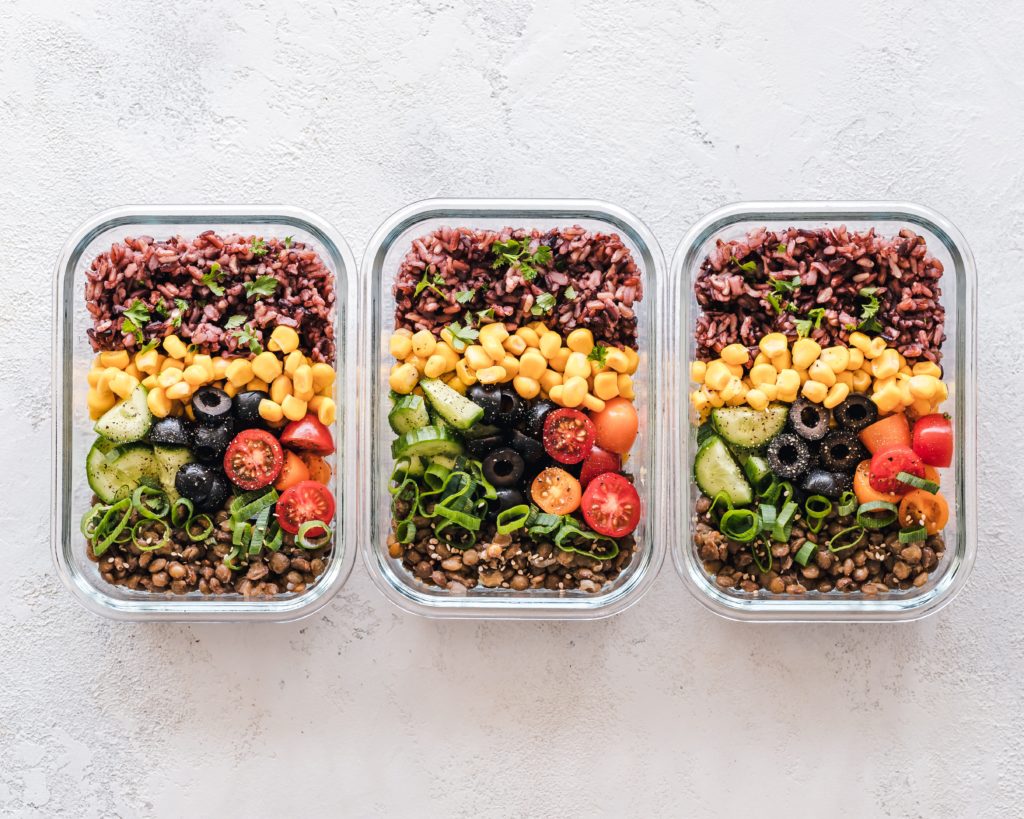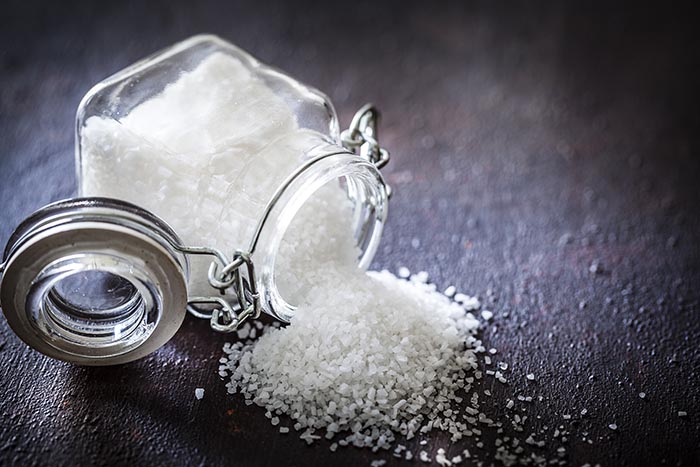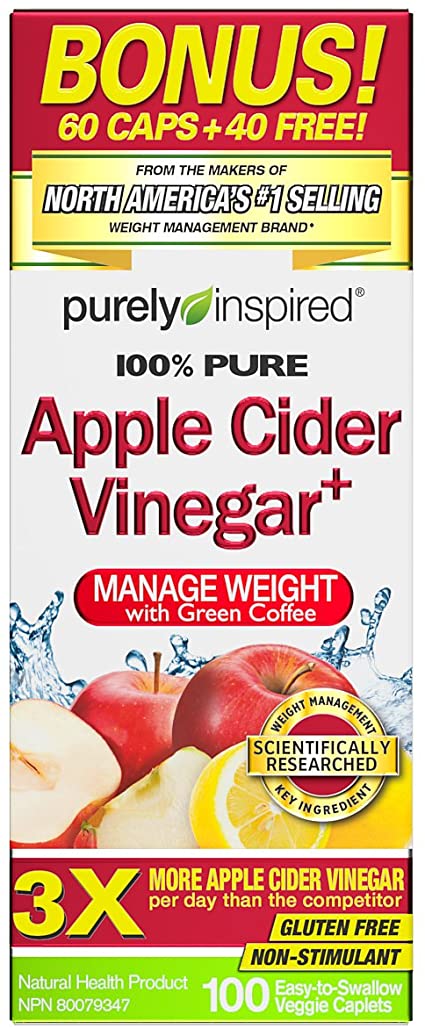
Everyone has different nutritional needs. While everyone requires certain amounts of protein, carbohydrates, and fats, individual nutritional needs may vary depending on their age, gender, and level or activity. Recommended intakes of macro-and micrnutrients were higher in childhood than they are for adults. Our needs for vitamins, minerals and fiber are also lower than those of young adults. Our best option is to eat a wide variety of foods across the food groups.
Children's water requirements are more than adults. The body has a smaller area per unit weight and a lower capacity to sweat. Children are at high risk for dehydration and it is essential to ensure they get enough fluids. When planning meals, parents should be aware that there are many differences. Also, post-delivery counseling should be continued.

The amount we need of energy depends on our age and sex. Not only do we need the essential nutrients, but certain types fats and proteins, along with certain vitamins, are also required. These are the dietary references intakes and they are issued every five years by the Food and Nutrition Board of National Academy of Sciences/National Research Council. The EER is not able to specify the exact proportions of each macronutrient. Our bodies require less protein, carbohydrate, and fats during our developmental years than they did in previous years.
Our bodies require protein, carbohydrate, fat, but in smaller amounts than micronutrients. Eating foods high in these essential macronutrients is a great way to meet micronutrients. All the vitamins and minerals are found in whole foods. Supplements are usually required when our diet does not provide enough of a certain nutrient. We may also need to supplement with vitamins or minerals, such as dairy products.
For babies less than six months, fruits and vegetables are best. Whole grains are also good. They must eat foods rich in iron, calcium, and other nutrients during their first year. They should also receive low-fat milk. Moreover, babies under 12 months old should be fed three to four servings of solid foods daily. They can also eat rice and other grains if they are unable or unwilling to eat meat.

Adults should consume between 45 and 65 percent carbohydrates. There are also 10 to 35% protein and 20 percent to 35 percent fat. A healthy diet includes a variety of nutrient-dense foods. Wholegrain breads and fruits, for example, have higher levels of iron and calcium than white. In addition to a variety of nutrients, food sources should also be low-sodium and sugar-free. Each of these nutrients should be included in the child's daily calorie intake.
FAQ
How does an antibiotic work?
Antibiotics can be used to kill bacteria. To treat bacterial infections, antibiotics are used. There are many kinds of antibiotics. Some can be taken orally, others are injected and some are applied topically.
People who have been infected with certain germs may need antibiotics. For example, if someone has had chicken pox, he or she might take an oral antibiotic to prevent shingles later on. For those with strep-thorphritis, an injection of penicillin could be administered to prevent them from getting pneumonia.
When antibiotics are given to children, they should be given by a doctor. Children are more susceptible to side effects from antibiotics than adults.
Diarrhea being the most common side effect of antibiotics. Side effects of antibiotics include diarrhea, stomach cramps and nausea. These side effects are usually gone once the treatment is complete.
How can you live your best life every day?
It is important to identify what makes you happy. Once you've identified what makes your happy, you can start to work backwards. Asking others about their lives can help you to see how they live the best life possible.
Dr. Wayne Dyer's book "How to Live Your Best Life" is also available. He talks about how to find happiness and fulfillment at all stages of our lives.
How can you live a healthy life?
Healthy lifestyles include eating right, exercise regularly, getting enough rest, managing stress, having fun, and eating healthy. Good eating habits include avoiding processed foods, sugar, unhealthy fats, and avoiding junk food. Exercise burns calories and strengthens the muscles. Sleeping well improves concentration and memory. Stress management helps reduce anxiety and depression. Fun keeps us vibrant and young.
What's the difference between a virus & a bacterium?
A virus is a microscopic organism that cannot reproduce outside its host cell. A bacterium is a single-celled organism that reproduces by splitting itself in two. Viruses have a very small size (about 20 nanometers), while bacteria is larger (up to one micron).
Viruses are usually spread through contact with infected bodily fluids, including saliva, urine, semen, vaginal secretions, pus, and feces. Bacteria is usually spread directly from surfaces or objects contaminated with bacteria.
Viral infections can also be introduced to our bodies by a variety of cuts, scrapes or bites. They may also enter through the nose, mouth, eyes, ears, vagina, rectum , or anus.
Bacteria may enter our bodies through cuts and scrapes on our skin, burns, insect bites, and other wounds. They may also be introduced into our bodies through food and water as well as soil, dirt, dust, and animals.
Viruses and bacteria both cause illness. But viruses can't multiply within their hosts. So they only cause illnesses when they infect living cells.
Bacteria may spread to other people and cause sickness. They can also invade other parts of your body. They can even invade other parts of the body, which is why antibiotics are necessary to eradicate them.
How often should I exercise?
For a healthy lifestyle, exercise is vital. You don't have to exercise for a certain amount of time. Find something you like and stay with it.
When you exercise three times per week, aim for 20-30 minutes moderate intensity. Moderate intensity means that you will still be working hard even after your workout is over. This type is good for burning around 300 calories.
Walk for at least 10 minutes four days a weeks if you prefer walking. Walking is easy on the joints and has low impact.
Jogging three times a week for 15 mins is enough if you want to run. Running is a great way of burning calories and building muscle tone.
Begin slowly if your are not used to working out. Start by doing 5 minutes of cardio each day, a few times per week. Gradually increase the time you do cardio until your goal is reached.
Do I need to count calories?
You might be asking "What is the best diet?" or "is counting calories necessary?" The answer is dependent on several factors like your current health status, personal goals, your lifestyle, and your preferences.
The Best Diet - Which One Is Right To You?
My current health status, personal goals, preferences, and overall lifestyle all play a role in choosing the right diet. There are many diets out there, some good and some bad. Some diets work better than others. So what should I do? How do I make a good decision?
These questions are addressed in this article. It begins with an overview of the different diets today. Then we will discuss the pros & cons of each kind of diet. Finally, we'll look into how to choose the best one for you.
To begin, let's take a quick look at the different types of diets.
Diet Types
There are three main types: low-fat, high-protein, or ketogenic. Let's discuss them briefly below.
Low Fat Diets
A low-fat diet is one that limits the intake of fats. This is achieved through reducing intakes of saturated fats (butter and cream cheese, for example). and replacing them with unsaturated fats (olive oil, avocados, etc.). If you want to lose weight fast and easily, then a low fat diet is often recommended. This type of diet can lead to constipation and heartburn as well as indigestion. Vitamin deficiencies can also occur if the person doesn't get enough vitamins through their diet.
High Protein Diets
High-protein diets limit carbohydrates and favor proteins. These diets usually have higher amounts of protein than other diets. These diets can help increase muscle mass and decrease calories. One problem is that they might not be sufficient to provide regular nutrition. They are not suitable for all people because they can be restrictive.
Ketogenic Diets
The keto diet is also known as the keto diet. They are high fat and moderately carbohydrate and protein-rich. They are typically used by athletes and bodybuilders because they allow them to train harder and longer without getting tired. But, they require strict adherence to avoid negative side effects like nausea, headaches, and fatigue.
What are the ten best foods to eat in America?
These are the top 10 foods to eat.
-
Avocados
-
Berries
-
Broccoli
-
Cauliflower
-
Eggs
-
Fish
-
Grains
-
Nuts
-
Oats
-
Salmon
Statistics
- According to the Physical Activity Guidelines for Americans, we should strive for at least 150 minutes of moderate intensity activity each week (54Trusted Source Smoking, harmful use of drugs, and alcohol abuse can all seriously negatively affect your health. (healthline.com)
- This article received 11 testimonials and 86% of readers who voted found it helpful, earning it our reader-approved status. (wikihow.com)
- In both adults and children, the intake of free sugars should be reduced to less than 10% of total energy intake. (who.int)
- WHO recommends consuming less than 5% of total energy intake for additional health benefits. (who.int)
External Links
How To
How To Keep Your Body Healthy
This project had the main purpose of providing suggestions for how to maintain your health. It is important to know what you should do in order to maintain your health. To do this, we needed to discover what is best for our bodies. We looked at many ways that people attempt to improve their health. Finally, we came up with some tips that would help us stay healthier and happier.
We began by looking at what food we eat. We discovered that some foods are not good for us and others are better. We know sugar can cause weight gain and is therefore very harmful. But fruits and vegetables are good because they provide vitamins and minerals essential to our bodies.
Next, exercise was discussed. Exercise improves the strength and energy of our bodies. It makes us feel happy. There are lots of exercises that we can do. There are many exercises that you can do, including running, swimming or dancing. You can also lift weights and play sports. Yoga is another option to increase strength. Yoga can be a great exercise as it increases flexibility, improves breathing and is an excellent way to increase strength. You should not eat too many junk foods and drink lots water if you are looking to lose weight.
We ended our discussion with a mention of sleep. We need to sleep every night. Lack of sleep can lead to fatigue and stress. This can lead to issues such as back pain, depression and heart disease. If we want to be healthy, we need to get enough sleep.